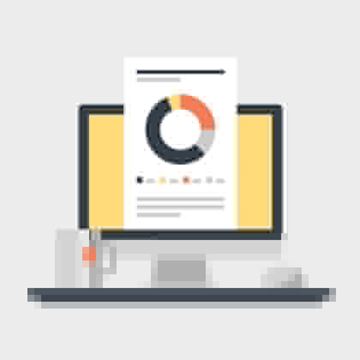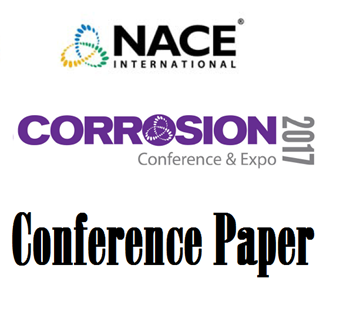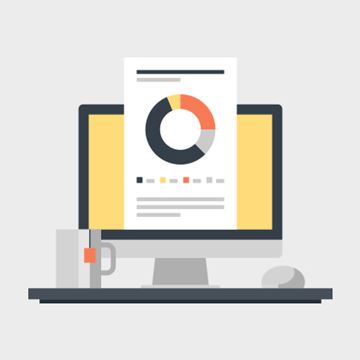Search
51315-5738-Sequencing the Oil Field Microbiome—Can Metagenomics Help Combat MIC?
Also Purchased
00390 ASSESSMENT AND CONTROL OF MIC IN THE OIL INDUSTRY IN THE 20TH CENTURY
Product Number:
51300-00390-SG
ISBN:
00390 2000 CP
$20.00
Molecular MIC Diagnoses from ATP Field Test: Streamlined Workflow from Field to 16S Results
Product Number:
51317--9420-SG
ISBN:
9420 2017 CP
Publication Date:
2017
$20.00
00384 Effective use of biocide for MIC control in cooling water systems.
Product Number:
51300-00384-SG
ISBN:
00384 2000 CP
$20.00




